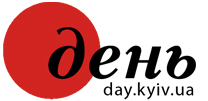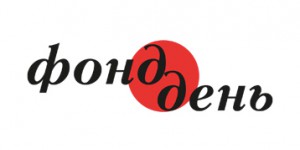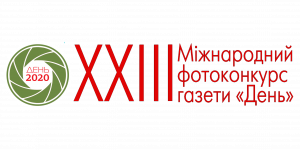The Smoloskyp Publishing House has recently published the result of a unique experiment in Ukrainian literature — continuation of the unfinished novel by Mykola Khvylovy that belongs to the classics of modernism. History knows cases of finishing and rewriting works of outstanding Ukrainian authors, but they never were published as a separate text. In most cases such creative writing was rather a thorough editorial intrusion. Now we have a novel-allusion Aglaea created by Artem Sokil in the 1960s but published only in the present days.
The name of Khvylovy, who is, no doubt, one of the most valuable Ukrainian prose writers, was not only crossed out from the canon for a number of decades, but also completely forgotten. It was done on purpose because he was the central figure of Rozstriliane vidrodzhennia (The Executed Renaissance). By shooting himself in his temple on May 13, 1933, Khvylovy expressed his last protest against the system. That is why his novel Valdshnepy was left unfinished. This novel together with his polemical articles was called an obvious betrayal by the Soviet press. Therefore, it is not surprising that in the 1960s, at a time of the revival of national resistance, the intelligentsia turned to Khvylovy. At the time, the novel Aglaea was written. It was both the continuation and reinterpretation of Valdshnepy.
The Ukrainian diaspora author, who hides himself behind the pseudonym Artem Sokil and whose real name is not being publicized, moved the action of the novel to Kharkiv in the 1960s. The story is about the next generation, i.e., the children of Khvylovy’s characters. The resume says that this is a symbolic representation of the Sixtiers. One should not completely trust the cover that calls Aglaea an “attempt at continuation.” Literature experts consider the text to be an autonomous phenomenon, which was only suggested and not at all dictated by the artistic power of the foregoing novel.
Back in 1963 Osyp Zinkevych, founder of the publishing house Smoloskyp in Baltimore and a big fan of Khvylovy’s oeuvre, found out that there was an attempt to finish the unfinished Valdshnepy.
He tried to persuade Artem Sokil to publish his text then, but the author wouldn’t agree. And he persisted — until recently. Now Ukrainians can finally read the novel, compare it with the original novel (the publishers put both texts under one cover) and even discuss it. To this end, Smoloskyp has scheduled a series of open discussions in different cities of Ukraine.
The first discussion took place in Kyiv. Among the statements about significance of Aglaea for literature and the Ukrainian nation at its present stage, there was a debate about the novel’s artistic level and its textual characteristics. The literature expert Vitalii Ablitsov expressed a skeptical thought that Artem Sokil does not exist and that the author is simply some amateur. He said that “in order to finish Khvylovy’s writing, one has to be on his artistic level. There is not even a slightest hint of Khvylovy in Aglaea, unfortunately.”
“The novel Aglaea is a document of the epoch,” says Smoloskyp’s director Rostyslav Semkiv. “We can see how a person in the 1960s in America imagined the 1960s in Ukraine. There are people who admire this text. Therefore, we have published it not in vain. Both novels are ideological, that is why there arises a kind of polemics between them. Despite the fact that young people usually don’t like things like that, they responded to it well this time. It is a positive sign about both the novel and youth. Besides, the book is another reason to draw attention to Khvylovy himself.”






